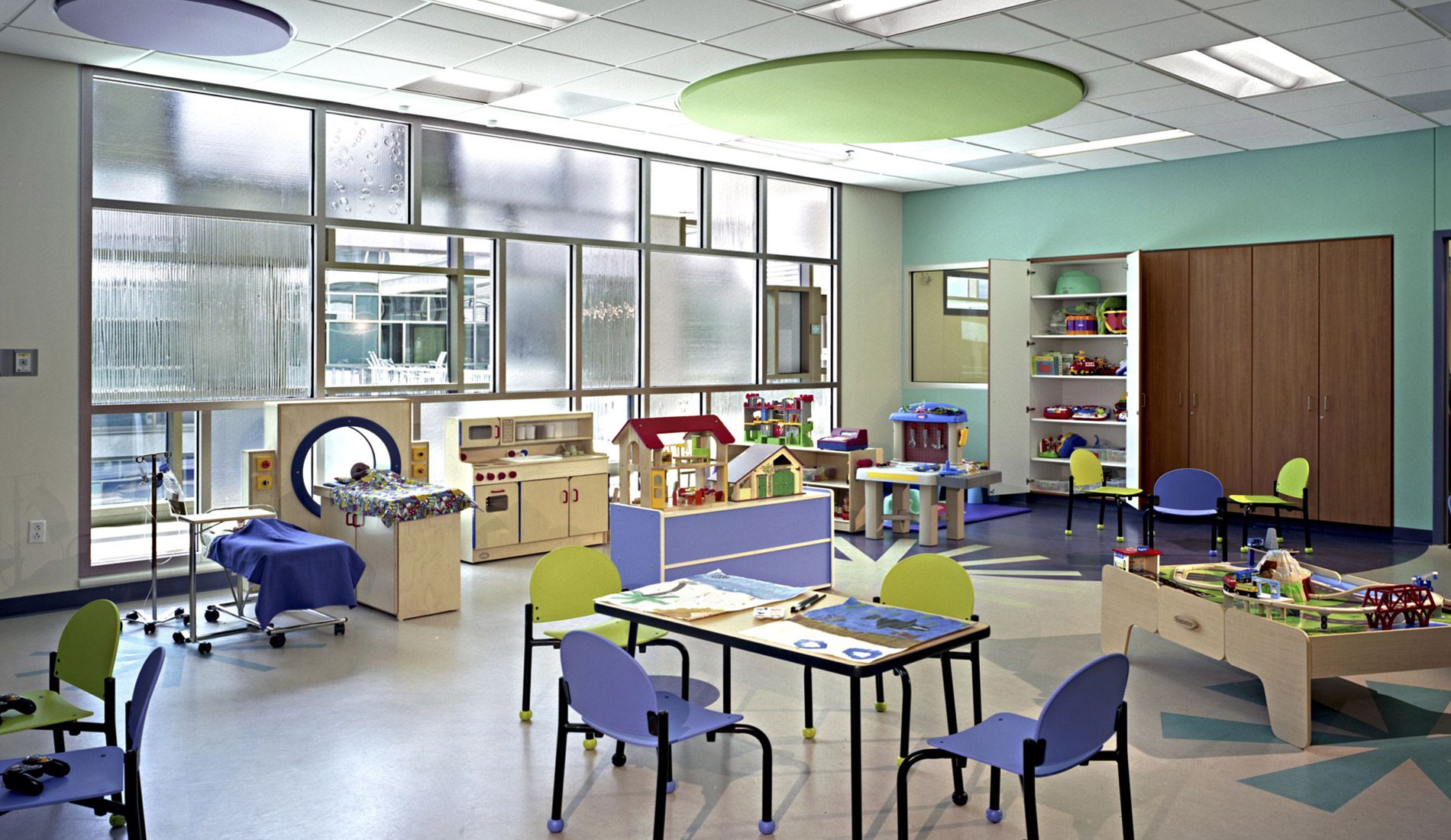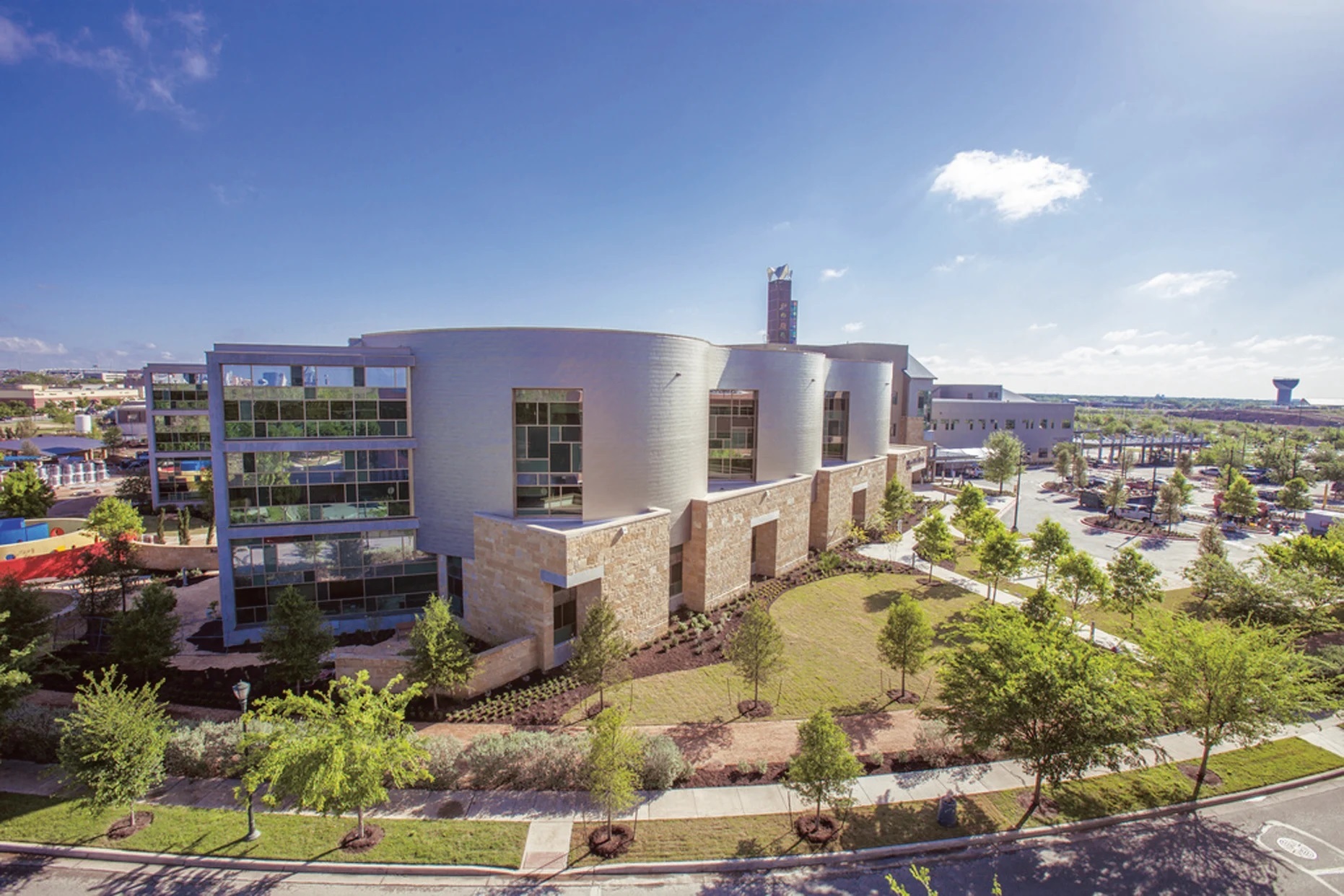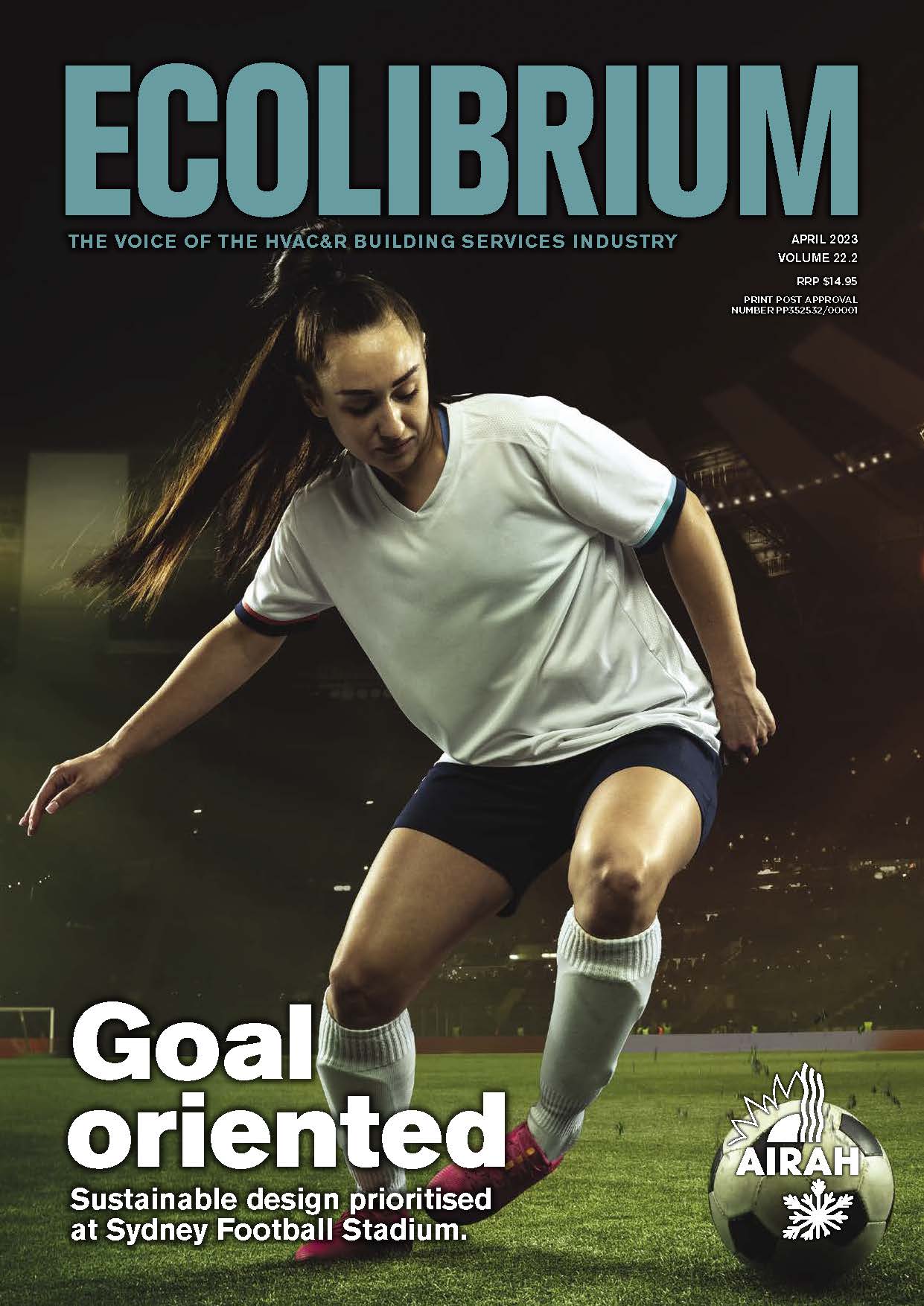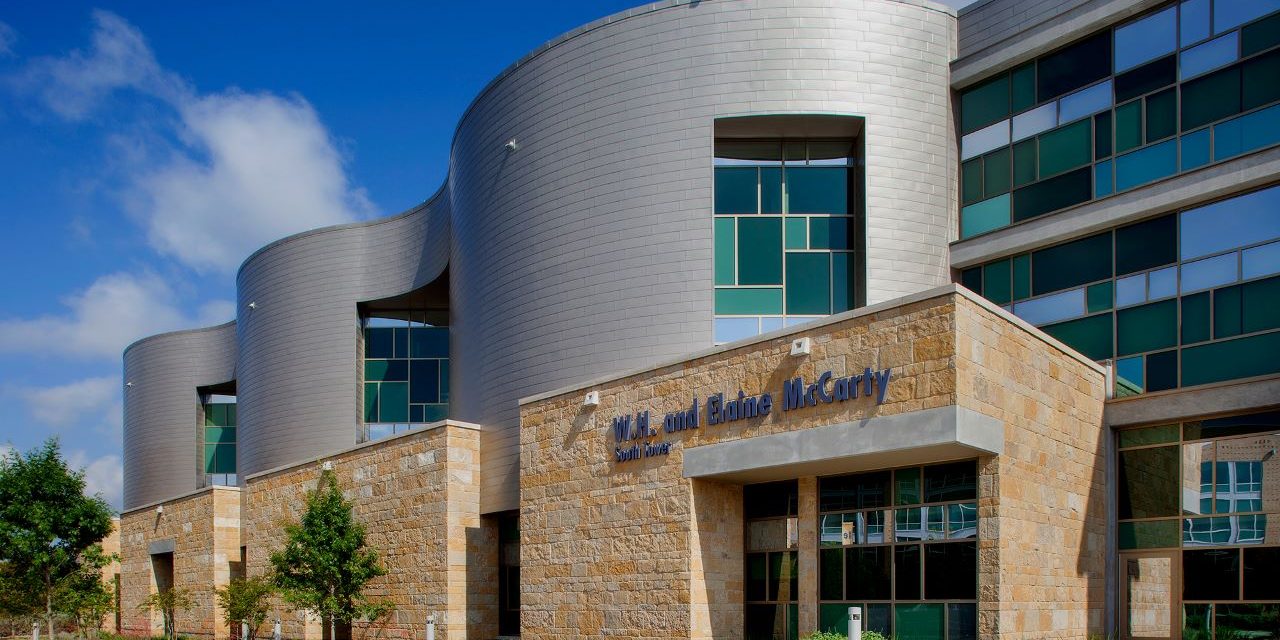The Dell Children’s Medical Center of Central Texas is the world’s first hospital to earn LEED Platinum.
It used to be that “energy efficiency” and “healthcare facilities” was a case of “never the twain shall meet”. Hospitals are notorious for their high energy usage.
But as a new generation of hospital has come into existence over the past decade and a half, it has been with the understanding by design teams that sustainability must be considered alongside patient care.
That’s certainly the case with Dell Children’s Medical Center of Central Texas. In 2008 Dell Children’s because the world’s first LEED Platinum certified hospital (the equivalent of 6 star Green Star, or “world leadership” status).
At the time, the organisation established a compelling vision: to heal children without harming the environment. And last year, the facility became the world’s first to earn two LEED Platinum certifications after another was added for a new bed tower.
To achieve LEED-HC (Healthcare) certification, buildings must exceed environmental standards in five key areas: sustainable site development, water savings, energy efficiency, materials selection and indoor environment quality.
“Sustainable environments have a profound, measureable effect on the healing process, not only for patients, but also for all who enter our doors,” says Michele Van Hyfte, manager of environmental stewardship for the facility’s owner. “This designation is a testament to that.”

Finishes and floorings that are low in VOCs.
ustainable Design
The Dell Children’s facility sits on the site of the former Austin Mueller Airport, a brownfield that was recycled and reclaimed as part of the green build process.
Unlike traditional healthcare facilities that often reach many stories surrounded by concrete, Dell Children’s Hospital occupies a modest low-rise layout, with wings set up like a pinwheel. Preferential parking is reserved for carpools and hybrid vehicles.
Several garden areas are prominently featured, including a rooftop green area with a penthouse structure to conceal air handlers.

Both patient care and energy efficiency have been prioritised as part of the design.
High-tech solutions
A variety of high-tech and green solutions include high-efficiency fluorescent lights equipped with motion sensors, a high albedo roof to reduce the effects of the urban “heat island,” and finishes and floorings that are low in VOCs.
Natural light penetrates more than 80 per cent of the building’s interior. A clean-burning natural-gas plant on the hospital grounds generates electricity and uses waste heat to produce chilled water and steam for the entire site and surrounding area.
According to the USGBC, healthcare facilities use nearly twice as much energy per square metre as office buildings. With its current system, however, Dell Children Hospital saves enough energy every day to heat and cool approximately 30 average-sized homes.












